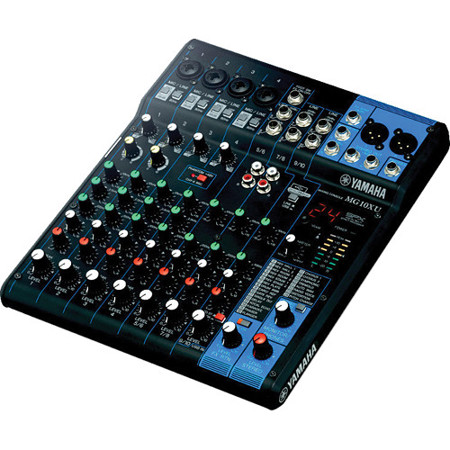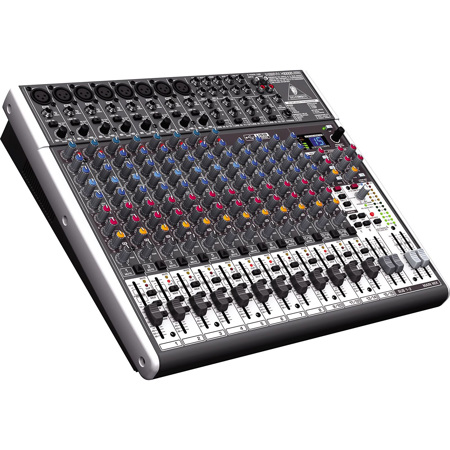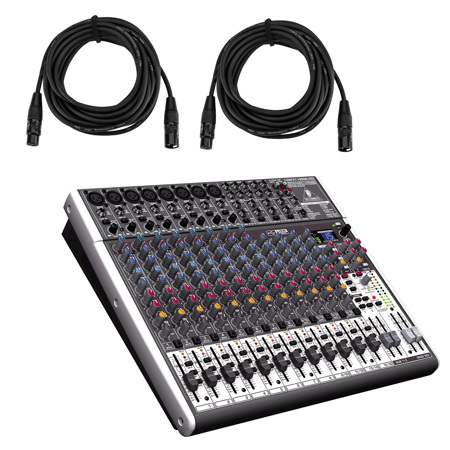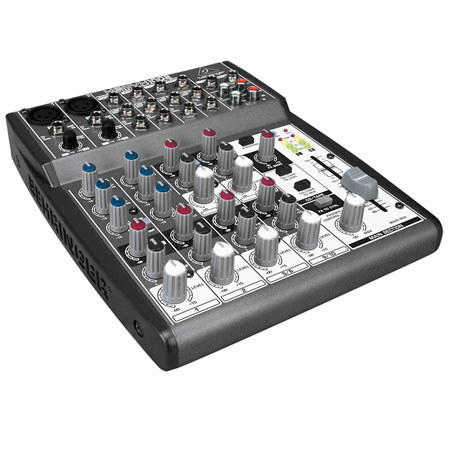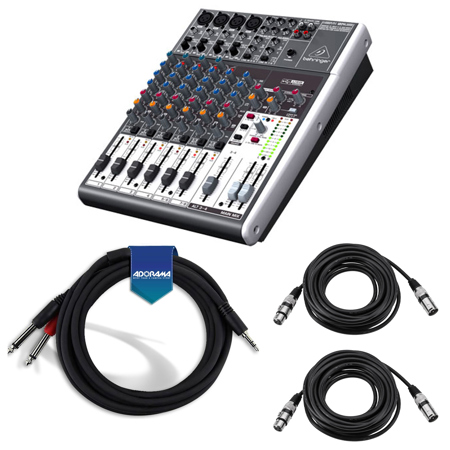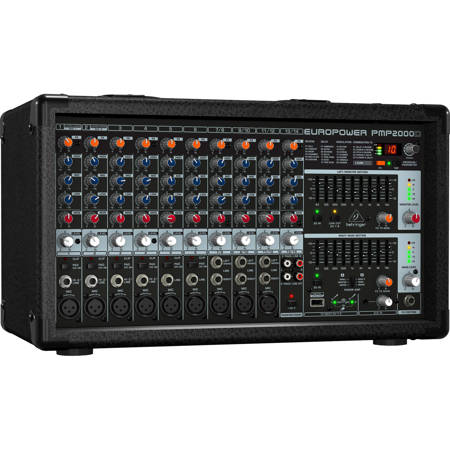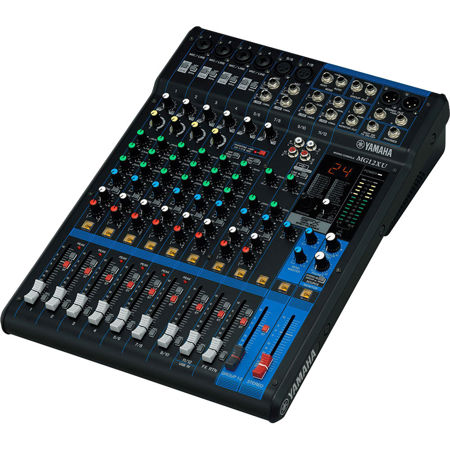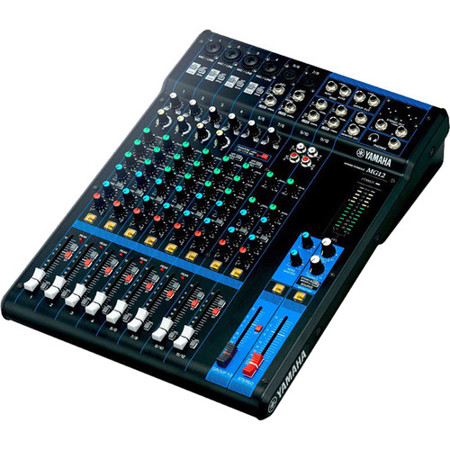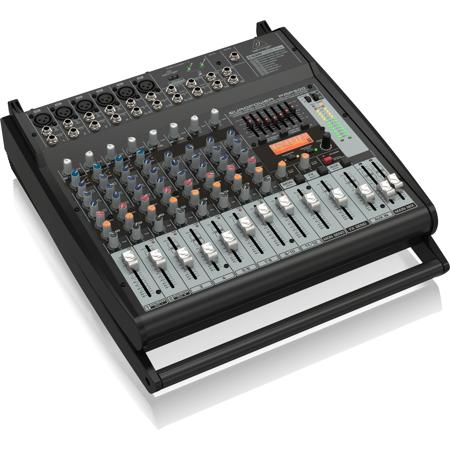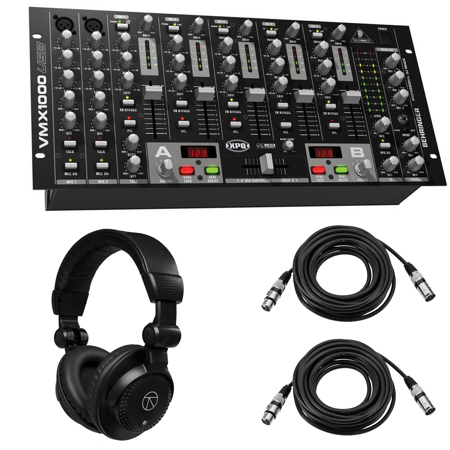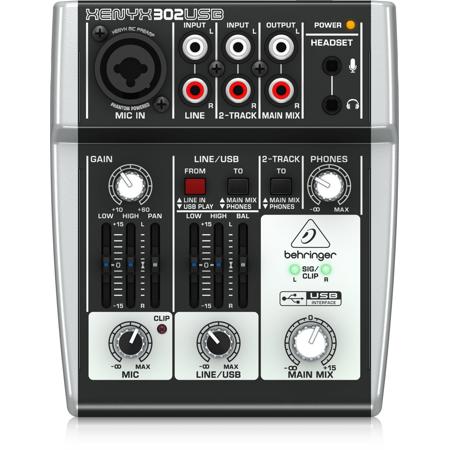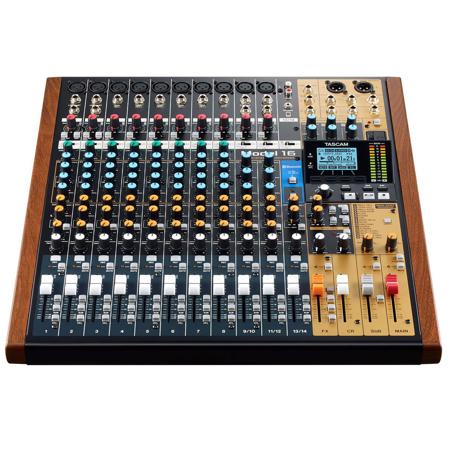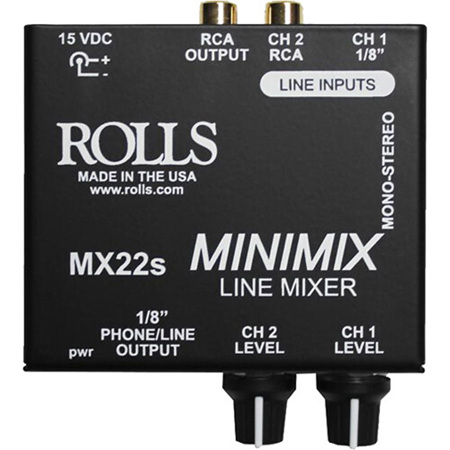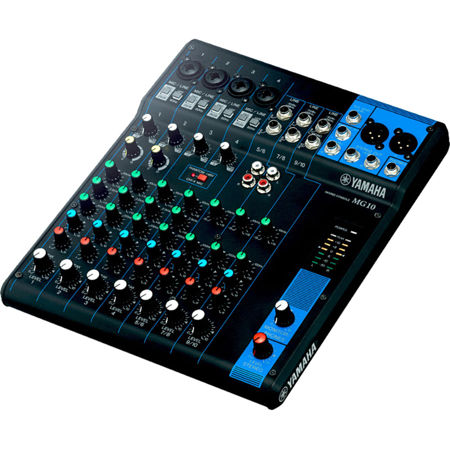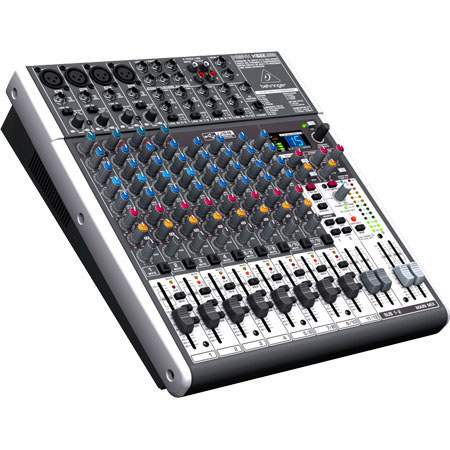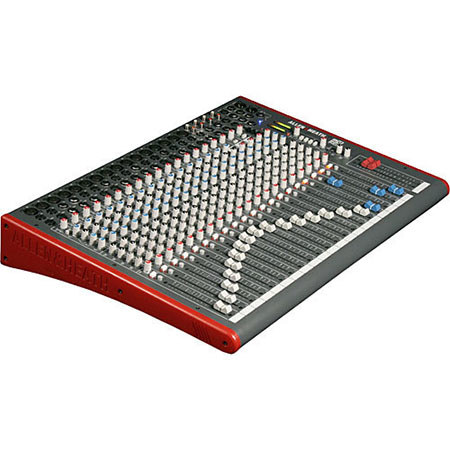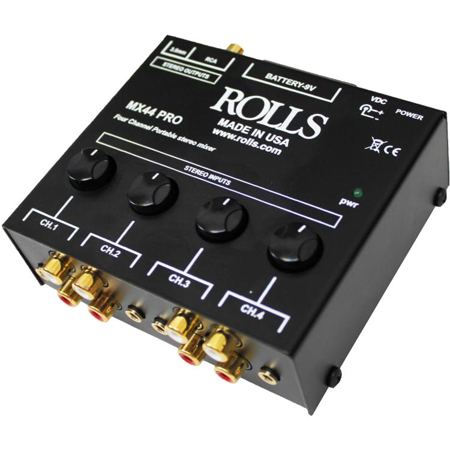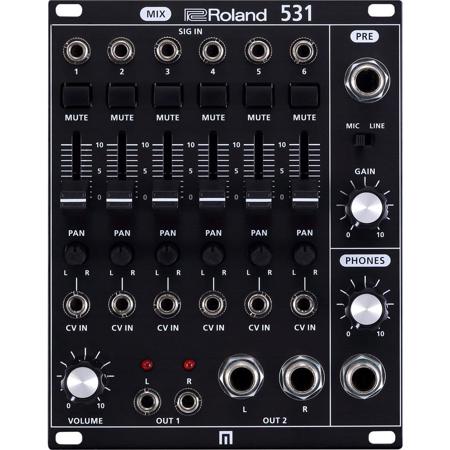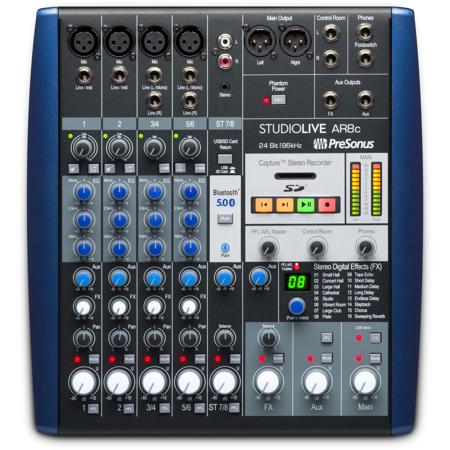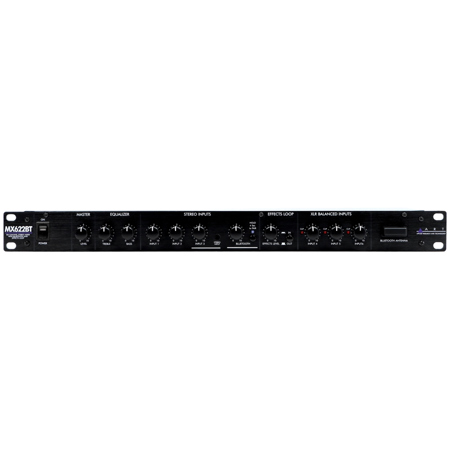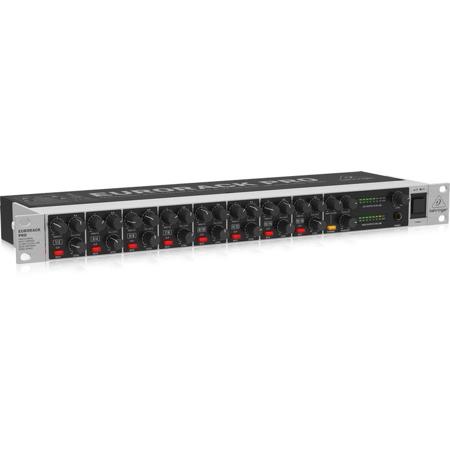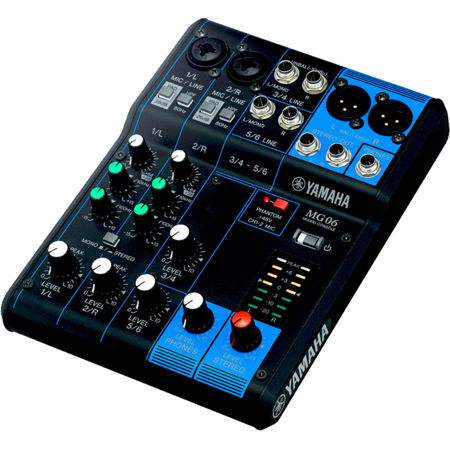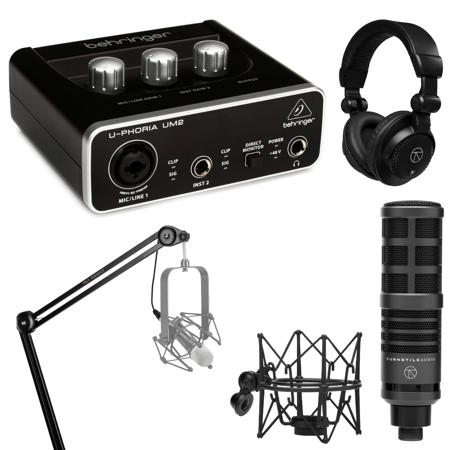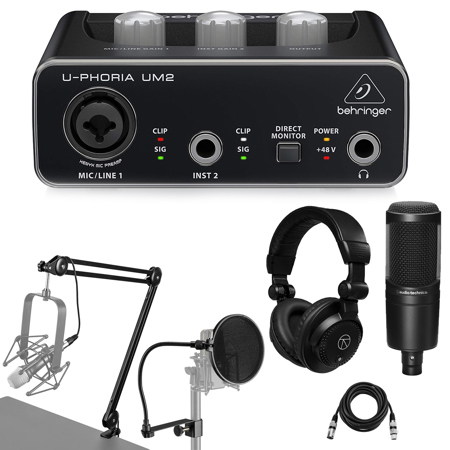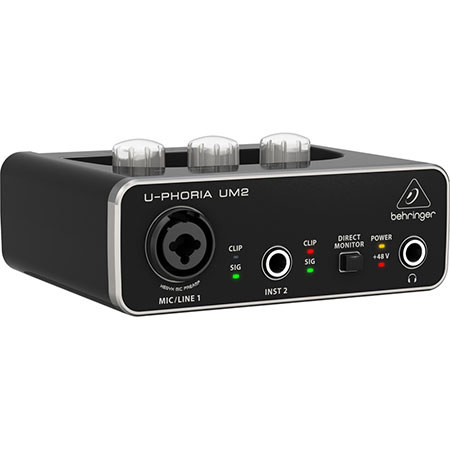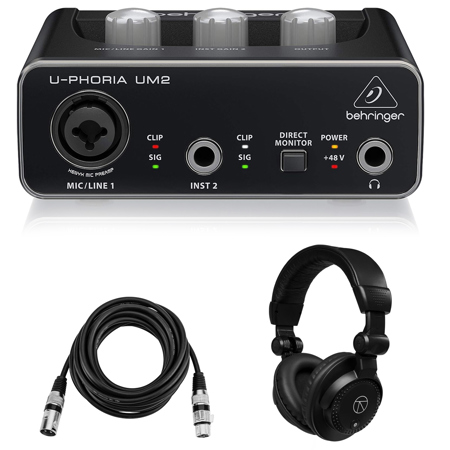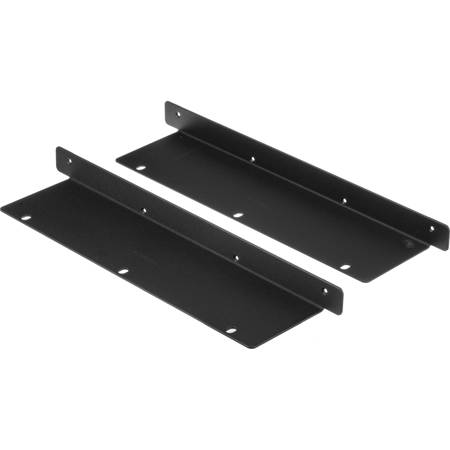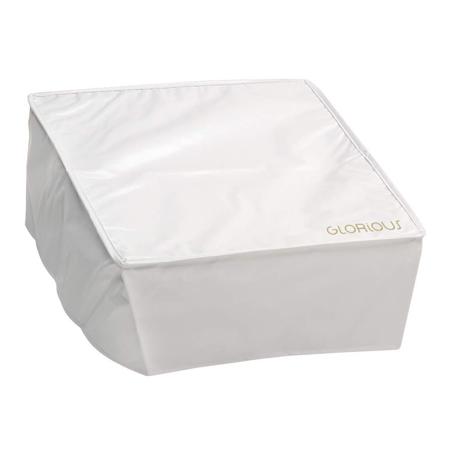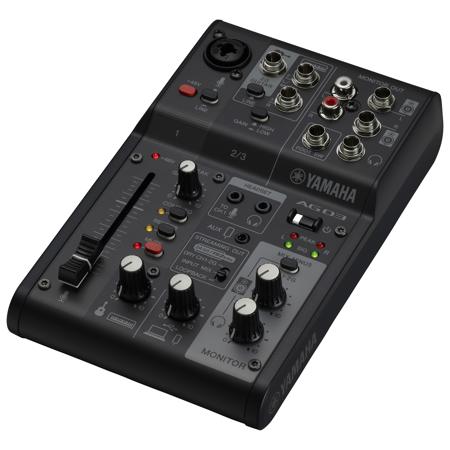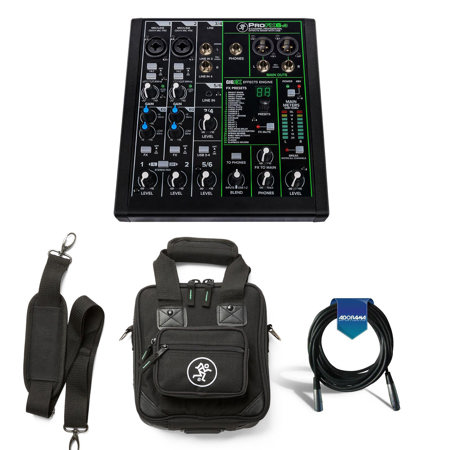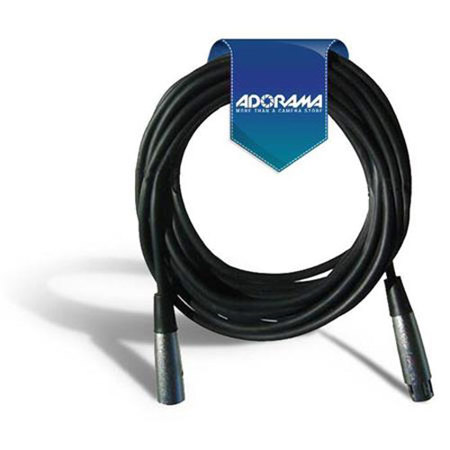Mixer Connections
When exploring the world of mixer connections, it’s essential to understand how the right cables and adapters can transform your audio setup, whether you’re working in a professional studio, setting up for a live performance, or building a home podcasting station. Mixer connections come in a variety of forms, each serving a specific role in the signal chain. XLR and 1/4" TRS cables are the backbone of most professional audio environments, providing reliable, balanced connections for microphones, powered speakers, and audio interfaces. For microphones, an XLR cable plugged into the mixer's dedicated XLR input ensures clean, noise-free capture—ideal for vocalists, podcasters, and field recordists. Instruments and line-level devices, such as keyboards, laptops, or DJ controllers, typically require 1/4" TRS or RCA connections. In these cases, using a direct injection (DI) box is a wise move, especially when dealing with unbalanced outputs; it converts the signal to a balanced one, eliminating hum and interference over long cable runs. This is especially important in live sound environments or venues with complex setups, where ground loops can wreak havoc on audio clarity.
As autumn brings a season of gigs, school events, and indoor performances, optimizing your mixer connections becomes even more relevant. Musicians, audio engineers, and event organizers rely on the proper routing of signals to ensure every note and word is heard with precision. For outputs, connecting your mixer's main stereo outputs to powered speakers or an audio interface is typically done using XLR or 1/4" TRS cables. Sending auxiliary (Aux) sends to monitor speakers or effects units is another common scenario, often requiring XLR cables or specialized insert cables for routing signals in and out of external processors. If you’re daisy-chaining mixers for larger productions, matching the correct input and output levels with XLR or 1/4" cables is crucial for seamless integration. These technical details may seem daunting at first, but they quickly become second nature as you gain hands-on experience. For educators setting up school auditoriums, houses of worship managing weekly services, or content creators designing a flexible home studio, understanding mixer connections is the key to a smooth, professional sound.
Gifting audio gear that supports versatile mixer connections can be a thoughtful choice for anyone passionate about music production, live sound, or content creation. With the holidays on the horizon, now is the perfect time to help a friend or family member upgrade their setup—whether they’re an aspiring DJ, a gigging musician, or a podcaster looking to expand their reach. When assembling a system, consider not just the cables themselves, but also the organizational tools that keep everything tidy and accessible. Mixer racks, for example, provide a sturdy and efficient way to mount your mixer and related gear, streamlining both setup and transport. For those interested in optimizing their workspace and protecting their investment, browse our selection of Mixer Racks to find the right solution for your needs. With the right combination of cables, adapters, and support equipment, you’ll be ready to tackle any audio challenge the season brings—confident that every connection is secure and every signal comes through loud and clear.
As autumn brings a season of gigs, school events, and indoor performances, optimizing your mixer connections becomes even more relevant. Musicians, audio engineers, and event organizers rely on the proper routing of signals to ensure every note and word is heard with precision. For outputs, connecting your mixer's main stereo outputs to powered speakers or an audio interface is typically done using XLR or 1/4" TRS cables. Sending auxiliary (Aux) sends to monitor speakers or effects units is another common scenario, often requiring XLR cables or specialized insert cables for routing signals in and out of external processors. If you’re daisy-chaining mixers for larger productions, matching the correct input and output levels with XLR or 1/4" cables is crucial for seamless integration. These technical details may seem daunting at first, but they quickly become second nature as you gain hands-on experience. For educators setting up school auditoriums, houses of worship managing weekly services, or content creators designing a flexible home studio, understanding mixer connections is the key to a smooth, professional sound.
Gifting audio gear that supports versatile mixer connections can be a thoughtful choice for anyone passionate about music production, live sound, or content creation. With the holidays on the horizon, now is the perfect time to help a friend or family member upgrade their setup—whether they’re an aspiring DJ, a gigging musician, or a podcaster looking to expand their reach. When assembling a system, consider not just the cables themselves, but also the organizational tools that keep everything tidy and accessible. Mixer racks, for example, provide a sturdy and efficient way to mount your mixer and related gear, streamlining both setup and transport. For those interested in optimizing their workspace and protecting their investment, browse our selection of Mixer Racks to find the right solution for your needs. With the right combination of cables, adapters, and support equipment, you’ll be ready to tackle any audio challenge the season brings—confident that every connection is secure and every signal comes through loud and clear.
